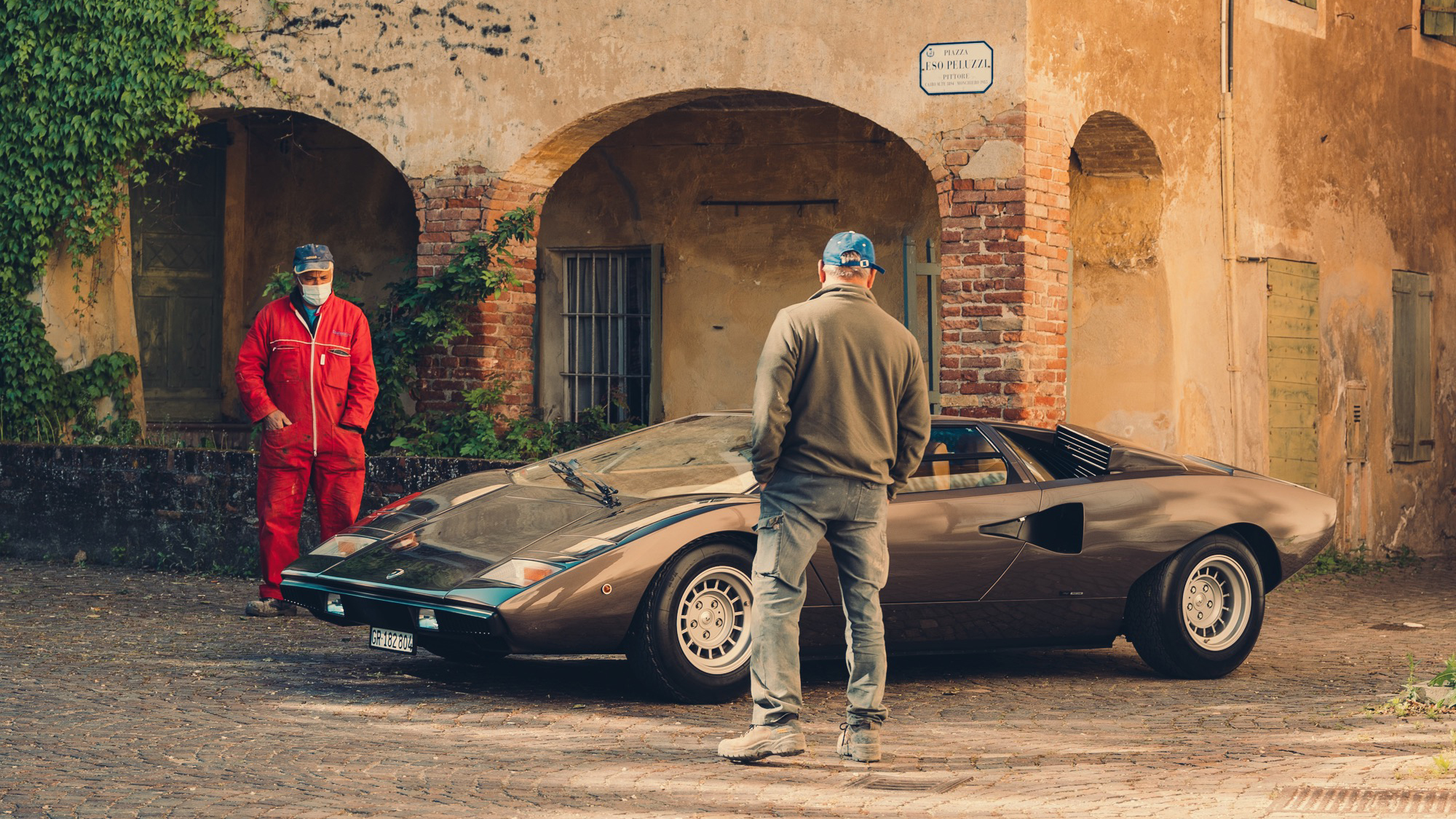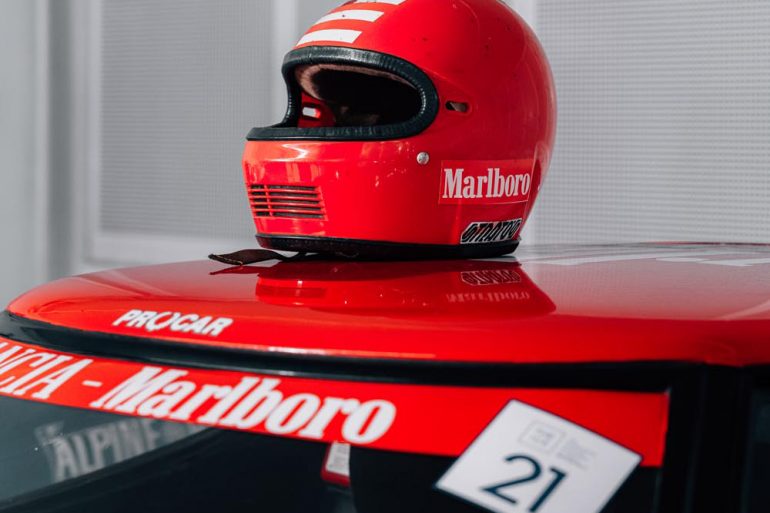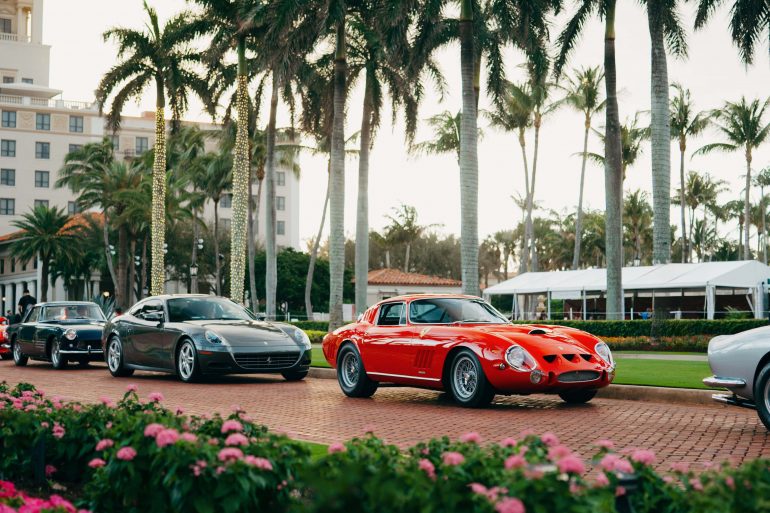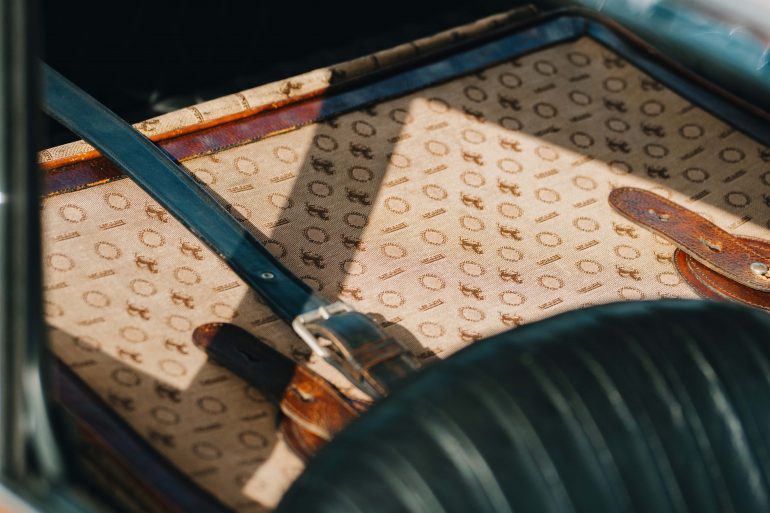A fascinating, unconventional and iconic supercar that depicts the quintessence of the Lamborghini brand’s legend. For the Countach’s 50th birthday, we spent a day with four of them around Langhe, Piemonte. LP400, LP400 S, LP 5000 S and 25th Anniversary: like a dream. Our Davide De Martis’ was with us, here’s a selection of his best shots – and few cool facts about the Lamborghini-est car ever made.

The development of the Countach was initiated by Ferruccio Lamborghini with the goal of creating a successor to the Miura, widely acclaimed after its introduction in 1966, but showing it’s age by 1970 when facing new competitors including such as the Ferrari Daytona. Chief engineer Paolo Stanzani and his staff began work on the Miura successor the very same year, under the project name LP112. From the beginning of the project, Stanzani’s collaborators included test driver Bob Wallace, assistant engineer Massimo Parenti and designer Marcello Gandini for Bertone.
Stanzani and Ferruccio agreed that the Miura’s successor required a mechanical design that enabled the greatest possible performance as well as a body that was both aerodynamically efficient and aesthetically daring. These principles had formed the Miura’s development and enabled the commercial success of that model. Despite Ferruccio’s preference for comfortable grand tourers, he recognized the commercial value of a more uncompromising sports car like the Miura and gave Stanzani’s team permission to further push boundaries with the LP112 project. The resulting Countach incorporated successful aspects of the Miura, such as the rear mid-engine, rear wheel drive layout along with many new engineering and styling innovations. Lamborghini’s engineering team addressed several flaws in the Miura design, improving high-speed stability and reducing lift-off oversteer as well as addressing the limited maintenance access, uneven weight distribution and cooling issues endemic to the Miura’s transverse engine layout. After a year of intensive development work, the first Countach prototype, designated LP500, was shown to the public at the 1971 Geneva Motor Show. The LP500 had a crisp, wedge-shaped design – anticipated by the 1968 Alfa Romeo Carabo and the 1970 Lancia Stratos Zero – that, compared to the Miura, was wide and very low but shorter in overall length. Subsequently, the Lamborghini engineering team spent three years refining this radical prototype into the production-ready LP400 Countach, which debuted in 1974.

The question is: have you ever wondered about the origin of the word Countach? What some of you might not know yet is the origin of the word Countach and the Maestro Gandini himself once explained it.
“When we made cars for the car shows, we worked at night and we were all tired, so we would joke around to keep our morale up. There was a profiler working with us who made the locks. He was two meters tall with two enormous hands, and he performed all the little jobs. He spoke almost only Piedmontese, didn’t even speak Italian. Piedmontese is much different from Italian and sounds like French. One of his most frequent exclamations was ‘countach’, which literally means plague, contagion, and is actually used more to express amazement or even admiration, like ‘goodness’. He had this habit. When we were working at night, to keep our morale up, there was a jousting spirit, so I said we could call it Countach, just as a joke, to say an exaggerated quip, without any conviction. There nearby was Bob Wallace, who assembled the mechanics – we always made the cars operational. At that time you could even roll into the car shows with the car running, which was marvelous. So jokingly I asked Bob Wallace how it sounded to an Anglo-Saxon ear. He said it in his own way, strangely. It worked. We immediately came up with the writing and stuck it on. But maybe the real suggestion was the idea of one of my co-workers, a young man who said let’s call it that. That is how the name was coined. This is the only true story behind this word.”



























